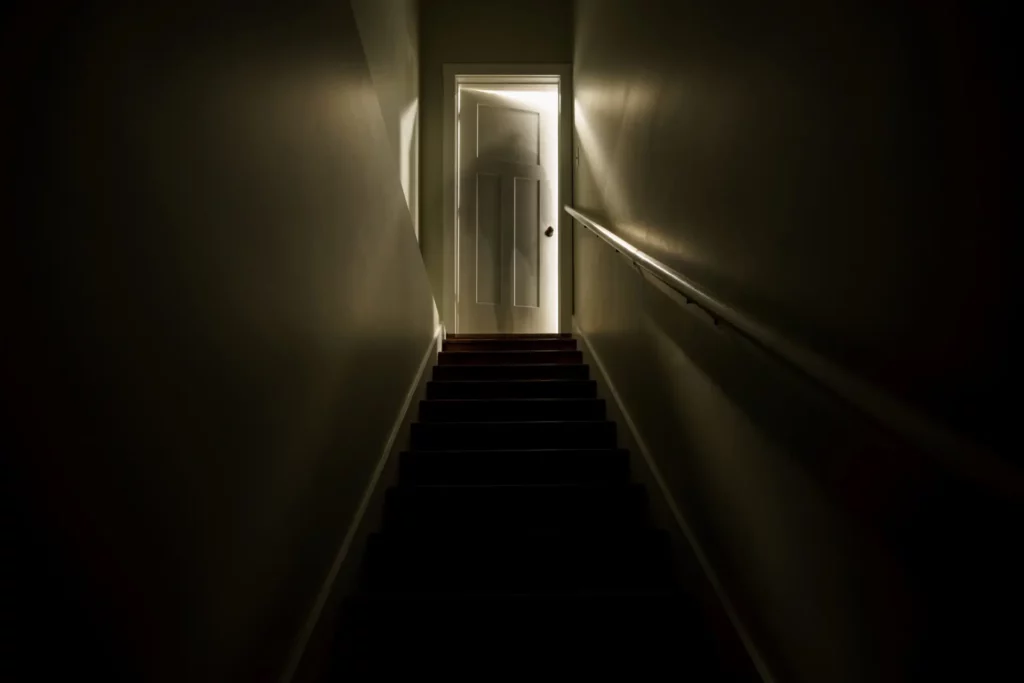Subjunctive Mood
Venturing into the realm of advanced English grammar unveils the subtle yet powerful world of the subjunctive mood. This grammatical nuance elevates expression beyond the ordinary confines of reality and into the realms of wishes, possibilities, and hypotheticals. Unlike the indicative mood, which deals with facts and truths, the subjunctive mood opens a doorway to what could be—inviting a dance with desires unfulfilled, scenarios imagined, and commands softly issued. Its mastery is a hallmark of refined English communication, allowing speakers and writers to weave nuances of subtlety, politeness, and sophistication into their language tapestry.
However, navigating the subjunctive mood is no trivial feat. It challenges learners to discern subtle cues and contexts, from expressing wishes that defy current reality to articulating demands with a touch of deference. This blog post aims to demystify the subjunctive mood, guiding readers through its definition, forms, and key uses, all while offering strategies to overcome common pitfalls. By illuminating this aspect of English grammar, we aspire to enhance your linguistic toolkit, empowering you to communicate with greater depth, precision, and elegance.

Part 1: Understanding the Subjunctive Mood
Definition and Forms
At its core, the subjunctive mood is a unique verb form used to explore non-real situations, expressing wishes, hypotheticals, demands, suggestions, and conditions contrary to fact. Unlike the indicative mood, which declares how things are, the subjunctive mood presents how things might or should be.
Forms of the Subjunctive: The subjunctive mood manifests primarily in two forms:
- The Present Subjunctive: Used mainly in formal contexts to express wishes, demands, suggestions, or necessary actions. Its form is relatively simple, often resembling the base form of the verb.
- The Past Subjunctive: Typically employed to discuss hypothetical situations, wishes, or conditions contrary to fact, especially in conditional sentences. It is most recognizable in the use of “were” instead of “was” after “if” or wish statements for all subjects.
Key Uses of the Subjunctive
Understanding when and how to use the subjunctive mood is crucial for applying it correctly. Here are the primary scenarios where the subjunctive mood shines:
- Expressing Wishes: The subjunctive allows expressing desires or wishes for untrue situations.
Example: “I wish I were on vacation.” - Hypothetical Scenarios: These explore hypotheticals or speculate about situations contrary to current reality.
Example: “If I were rich, I would travel the world.” - Demands and Suggestions: In formal requests or advice, the subjunctive conveys a tone of importance without direct imposition.
Example: “I suggest that he study harder.” - Conditions Contrary to Fact: The subjunctive mood is perfect for expressing conditions that are not true or are unlikely to occur.
Example: “If she were here, everything would be different.”
With its nuanced application across various contexts, the subjunctive mood invites English speakers and writers to explore the depths of expression not readily accessible through the indicative mood alone. As we delve deeper into its uses and intricacies, the subjunctive is an indispensable tool for crafting sentences that resonate with wishes, subtlety, and sophistication.

Part 2: The Present Subjunctive
The present subjunctive, often seen as a formal or literary form, is a powerful tool for expressing wishes, making suggestions, and stating demands or necessities in English. Its usage, while nuanced, brings a layer of sophistication to communication.
Expressing Wishes and Desires
One of the hallmark uses of the present subjunctive is articulating wishes and desires, particularly those that are not currently true or unlikely to happen. This form allows speakers to express deep-seated hopes with a touch of wistfulness.
- Example: “I wish that he be successful in his endeavors.” This sentence expresses a strong desire for someone’s success, utilizing the present subjunctive “be” to highlight the wishful thinking involved.
Conveying Demands and Suggestions
In formal requests, suggestions, or demands, especially in written English or formal speech, the present subjunctive softens assertions, making them seem less direct or imperious.
- Example: “The doctor recommends that she stay home for a few days.” Here, “stay” remains in its base form, adhering to the structure of the present subjunctive to convey a medical recommendation.
Forming the Present Subjunctive
The structure of the present subjunctive is relatively straightforward, typically using the base form of the verb for all subjects, including the third person singular which does not add an “s”.
- Structure and Usage: Whether the subject is singular or plural, the verb form remains unchanged in the present subjunctive, distinguishing it from the indicative mood, where verbs conjugate according to the subject.

Part 3: The Past Subjunctive and Contrary-to-Fact Statements
The past subjunctive primarily revolves around hypotheticals and conditions contrary to fact. It is most commonly used in “if” clauses and wish statements, providing a window into imagined scenarios or expressing regrets about past situations.
The Past Subjunctive for Hypotheticals
The past subjunctive is crucial for discussing hypothetical situations, especially those that are unlikely or imagined. It often employs the verb “were” for all subjects, creating a uniform structure that signals the subjunctive mood.
- Example: “If I were king, I would solve all the kingdom’s problems.” This sentence uses “were” in a hypothetical scenario, regardless of the speaker’s status.
Conditions Contrary to Fact
This mood is also employed to express conditions that are not true or imagined as different from reality. Using the past subjunctive here emphasizes these conditions’ unreal or wished-for nature.
- Example: “If he had known the truth, he would have acted differently.” Although the action is placed in the past, the past subjunctive “had known” indicates a scenario contrary to what happened.
Expressing Preferences
Preferences, especially those reflecting desires for different outcomes or states of being, are often articulated using the past subjunctive. This usage highlights the speaker’s longing for alternate realities.
- Example: “I would rather that she were here with us today.” Using “were” instead of “was” signifies the subjunctive mood, emphasizing a preference contrary to current reality.

Part 4: Navigating Common Pitfalls
The subjunctive mood, with its unique forms and nuanced uses, can sometimes lead to common errors in English communication. Understanding and avoiding these pitfalls is crucial for effectively employing the subjunctive mood in writing and speech.
Confusing the Subjunctive with the Indicative
One of the most frequent challenges is distinguishing between the subjunctive and indicative moods, particularly in hypothetical or wishful statements.
- Strategy for Clarity: Pay close attention to the context of the sentence. If you express a wish, demand, suggestion, or hypothetical scenario, consider whether the subjunctive mood might be more appropriate than the indicative.
Overuse or Underuse of the Subjunctive
Learners may overapply the subjunctive mood out of enthusiasm for its formality and sophistication or underuse it due to uncertainty about its correct application.
- Finding Balance: Practice with varied examples and seek feedback from proficient English speakers or writing resources. Familiarity with contexts that call for the subjunctive mood will help you gauge when its use is appropriate and effective.
Pronoun and Verb Agreement Errors
Mistakes often arise in ensuring the correct verb form in subjunctive constructions, mainly using “were” instead of “was” in hypothetical statements, regardless of the subject.
- Maintaining Consistency: Remember the rule of thumb that “were” is used for all subjects in the past subjunctive, especially in “if” clauses and wishes. Regular review and practice can help solidify this habit.
Conclusion
The subjunctive mood is a gateway to a more refined and expressive use of the English language, enabling speakers and writers to navigate through realms of wishes, demands, suggestions, and unreal scenarios with grace and precision. This guide has traversed the landscape of the subjunctive mood, from its fundamental aspects to the practical nuances of its application, aiming to illuminate its importance and utility in advanced English communication.
Encouragement for Continuous Practice
Mastering the subjunctive mood is a journey of continuous exploration and practice. Encourage yourself to experiment with this grammatical form in your daily communication, reflecting on the nuances it brings to your expression. As you become more comfortable with the subjunctive mood, your English communication will be enriched with layers of meaning and subtlety.

Further Exploration
For those eager to dive deeper into the intricacies of English, countless resources await. From comprehensive grammar guides to interactive language learning platforms, the tools at your disposal are more accessible than ever. Engage with these materials, challenge yourself with new exercises, and remain curious and open to discovery. We offer a line of comprehensive grammar and punctuation courses and feature a mastery quiz bundle to cement your further mastery of grammar and punctuation. Feel free to access the endorsed resources below to enhance your learning experience.





